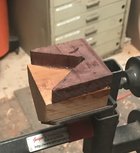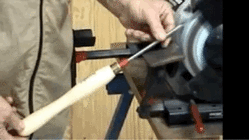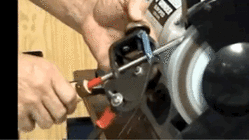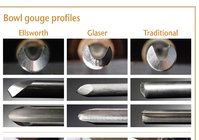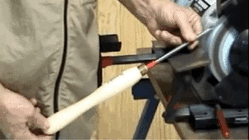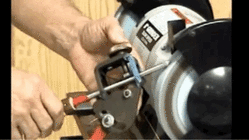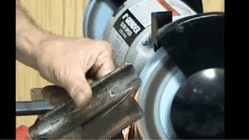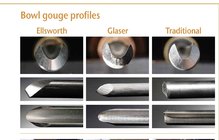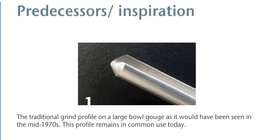Ok folks. I'm upgrading to CBN wheels and possibly getting a sharpening system to go with it.
I already have an Ellsworth jig and love it (for 1/2" and 5/8 bowl gouges) , but really nothing else jig-wise. I really want something for a good fingernail gouge and basic spindle gouges and skews.
My main goal is so I can teach my kids how to safely and accurately sharpen them. I'm pretty good doing it by hand on basic grinds, but jigs make it all better.
I'm trying not to spend $500 on jigs, the Kodiak is in that ballpark and looks nice... I'm looking at the Wolverine also.
What else should I be looking at?
What jig and gouge do you recommend for a nice spindle gouge with fingernail grind for detail work?
I turn one, maybe 2 Bowls per week, and about to start back on pens and other spindle stuff. I'm only a hobbyist turner , I build cabinets for a living lol. Just upgrading to CBN is going to be quite an upgrade.
I already have an Ellsworth jig and love it (for 1/2" and 5/8 bowl gouges) , but really nothing else jig-wise. I really want something for a good fingernail gouge and basic spindle gouges and skews.
My main goal is so I can teach my kids how to safely and accurately sharpen them. I'm pretty good doing it by hand on basic grinds, but jigs make it all better.
I'm trying not to spend $500 on jigs, the Kodiak is in that ballpark and looks nice... I'm looking at the Wolverine also.
What else should I be looking at?
What jig and gouge do you recommend for a nice spindle gouge with fingernail grind for detail work?
I turn one, maybe 2 Bowls per week, and about to start back on pens and other spindle stuff. I'm only a hobbyist turner , I build cabinets for a living lol. Just upgrading to CBN is going to be quite an upgrade.

